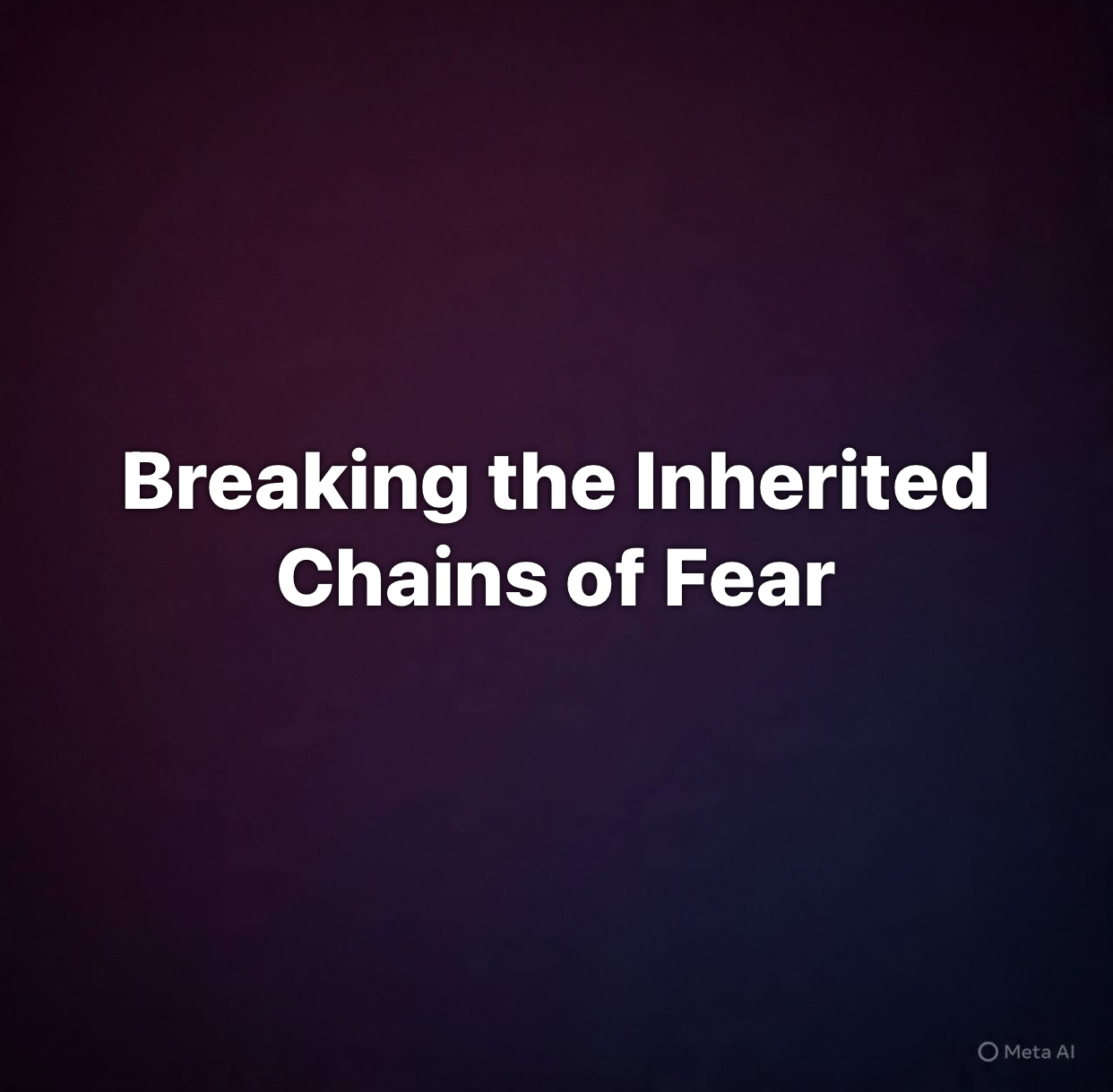In the city, Kathmandu, filled with temples, in the city overflowing with gods and goddesses, ancestors built a world where divinity lived in every stone and story. Yet, alongside beauty and devotion, they also filled their minds with stories of fear—tales whispered by religious leaders who claimed to speak for the gods. Over time, these stories took root so deeply that people began to call them culture. The Newar civilization once flourished through art, trade, and innovation—through its openness to ideas, not its resistance to change. Our ancestors built temples not just of brick and wood, but of imagination. To honor them today is to keep that spirit alive, not fossilized.
Across generations of Nepalese ethenic groups, fear has been passed down like an heirloom—woven into our stories, rituals, and sense of identity. In the Newar community and beyond, ancient tales once meant to guide have sometimes turned into instruments of control. Today, a new generation stands at a crossroads, asking: when does tradition nurture wisdom, and when does it confine the spirit?
Neighbors and different communitues repeated them, generation after generation, believing that to question such stories would invite disaster, that forgetting them would bring harm to society. And so, fear became sacred. It was worshipped as faith, obeyed as tradition, and carried forward as the unquestioned duty of the faithful. But in a city so full of light, how long can the shadows of fear remain unexamined?
The Legacy of Fear
My ancestors, like many across cultures, were injected with tales crafted by religious leaders of the past—stories meant to guide, but often used to control. These narratives carried invisible instructions: do not question, do not dream beyond what is prescribed, and do not step beyond the sacred lines drawn by tradition. Over generations, these stories sculpted behavior patterns rooted in submission, shaping entire societies to equate reverence with silence. Fear was inherited, normalized, and ultimately sanctified—passed down not as trauma, but as “culture.”
When Fear Becomes Culture
To question culture is not to reject it—it is to understand it more deeply. A strong belief welcomes the challenge because it has nothing to hide. A weak belief shuts down debate because it knows it cannot survive it. In many conversations within the Newar community—and indeed among various ethnic groups of Nepal—one often hears: “This is our culture. Our ancestors followed it. We must not forget it.” These words, though spoken with pride, often bind us to the past. Culture becomes a fixed script rather than a living story. Questioning old practices, especially those rooted in fear, is sometimes seen as betrayal.
But what if some of these customs were never meant to be eternal? What if they were born in a time when fear served as social glue—when divine punishment kept people aligned under authority? Those stories, retold for centuries, hardened into rules. And the rules became sacred. To truly preserve culture, we must distinguish between what uplifts and what confines.
Breaking free from inherited fear is not rebellion—it is healing. Fear remains the most persuasive dream-killer of all. It whispers doubts before the world has a chance to challenge us. It convinces us to stay comfortable, to remain where it feels safe—but comfort rarely breeds greatness. Courage is not the absence of fear; it is the determination to move through it. The moment we realize that many of our fears are inherited, not chosen, we begin to reclaim our voice. Breaking free from fear allows us to reinterpret our cultural inheritance. We do not discard our past; we illuminate it. We carry forward its beauty, its art, its moral wisdom—while releasing the shadows that limit human growth.
Redefining Cultural Continuity
Preserving culture does not mean preserving fear—it means preserving meaning. To preserve culture is not to obey it blindly, but to renew it with awareness. It means asking: Does this tradition still nourish the human spirit? Does it inspire compassion, creativity, and unity? When we replace fear with understanding, silence with dialogue, and blind obedience with conscious choice, culture becomes what it was always meant to be—a living expression of human evolution. Fear may visit us, but it no longer defines us. In breaking these ancestral chains, we not only free ourselves—we breathe new life into the legacy our ancestors began.
